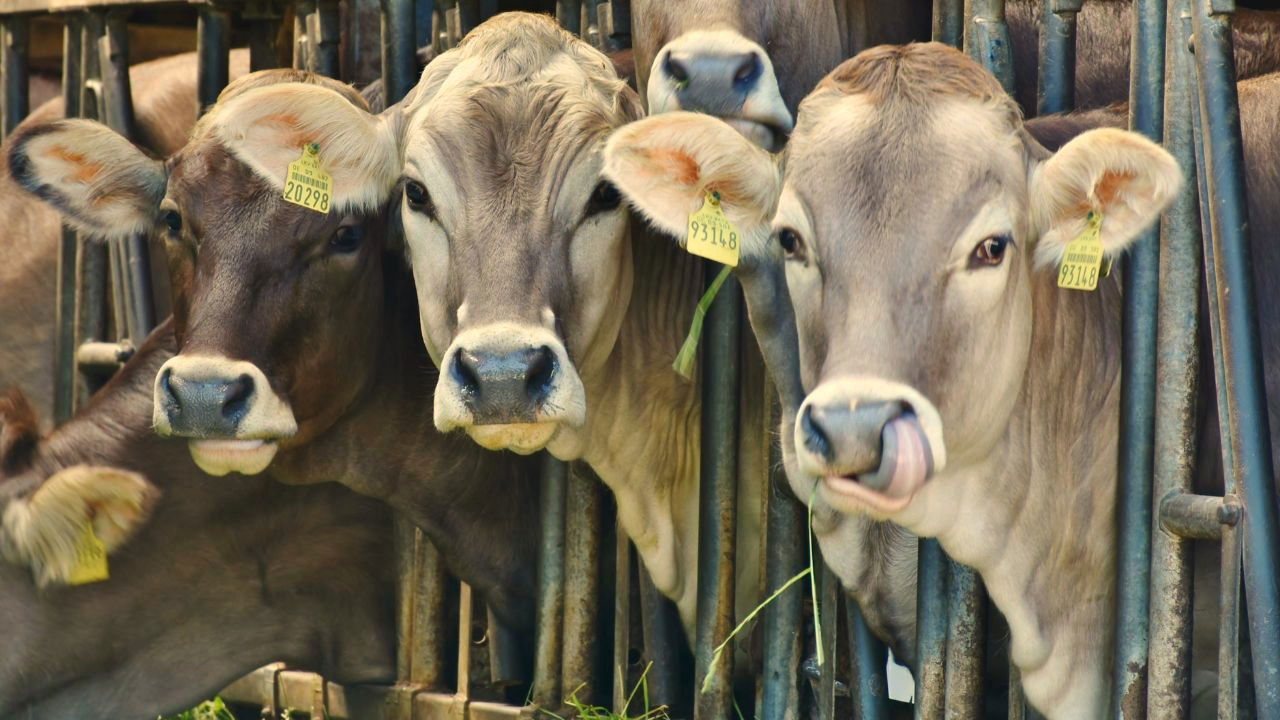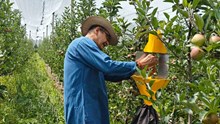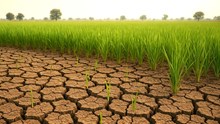
With rising temperatures and increasing frequency of heatwaves due to climate change, protecting livestock from heat stress is a critical concern for farmers. Heat stress severely impacts livestock health, leading to reduced food intake, metabolic disorders, and diminished milk production. It also increases the risk of heat-related illnesses, such as heat exhaustion and heatstroke, which can cause organ failure and even death. Furthermore, heat stress negatively affects reproductive performance, resulting in decreased fertility, reduced conception rates, and higher embryonic mortality.
Here are important tips to help safeguard your livestock during heatwaves this summer:
1. Provide Ample Shade
Whenever possible, keep your livestock indoors during the peak heat of the day. If indoor facilities are not available, ensure that they have access to a shady area that remains shaded throughout the day. Consider moving livestock to a pasture with natural shade or using portable windbreak panels to create shaded areas. This will help reduce their exposure to direct sunlight and lower their body temperature.
2. Ensure Proper Ventilation
Avoid confining livestock in enclosed spaces where they might suffer from inadequate ventilation. Poor airflow can lead to suffocation and exacerbate heat stress. Instead, provide well-ventilated areas where they can benefit from any available breeze. Good ventilation helps to dissipate heat and improve their comfort.
3. Maintain Adequate Hydration
During heatwaves, livestock tend to drink more water while their appetite decreases. Ensure that they have access to clean, fresh water at all times. It's essential to provide water at least three times a day to keep them hydrated. Adequate hydration helps to regulate their body temperature and prevent heat-related illnesses.
4. Optimize Feeding Practices
Avoid placing cattle feed in direct sunlight, as this can cause it to spoil quickly and decrease its nutritional value. Instead, store feed in shaded areas and offer it during cooler parts of the day. Additionally, consider adjusting their diet to include feeds that generate less metabolic heat, helping to reduce the overall heat load on their bodies.
5. Implement Cooling Techniques
Showering livestock with cold water in the evening can effectively reduce their body temperature. This practice helps to cool them down after the hottest part of the day. Use sprinklers or hoses to gently spray water on them, focusing on areas like the back and neck where heat tends to accumulate.
6. Enhance Water Access
Ensure that all livestock, including calves, have sufficient access to water sources. This may involve providing multiple watering points to prevent overcrowding and ensure that every animal can drink as needed. Clean and refill water containers regularly to maintain water quality and encourage adequate consumption.
By following the discussed tips, you can significantly reduce the risk of heat stress in your livestock, ensuring their health and productivity during heatwaves. While taking care of your livestock, don't neglect your own health. Heatwaves can be tough for both farmers and animals. Stay hydrated, take regular breaks, and avoid prolonged exposure to the sun. Your well-being is crucial for effectively managing and caring for your livestock.
















